Using Local Stone (Dissertation)
- Tom Chuter
- Feb 21, 2020
- 2 min read
A specialist study of ten thousand words looking at the history of using local stone in construction. Many of history’s iconic buildings have been built using local stone, with stone being one of the most widely used materials in architecture. Despite this, its popularity has waned dramatically over the last century. This paper uses Liverpool as a case study to investigate how the local stone was used and why? Following this, the paper then looks at contemporary uses of stone in architecture before attempting to extrapolate this to assess the future possibilities of the material.
Having grown up near Woolton quarry, I was accustomed to seeing the local red sandstone almost everywhere; from walls, to houses, to lintels and other elements. So much so that it grew to feel homely whenever I saw it as I had never been anywhere outside the region with so much red stone. This was my first introduction to the concept of Genius loci (even if I was not yet aware of the phrase) and was noticeable in historic areas throughout the country. Cottages in the Lake District, Yorkshire dales, Sussex etc. are all built using the local stone, but all are very recognisably different. It is this unique character that I miss in modern architecture- the universal palette of materials imported from all across the world, assembled in designs that could belong in Liverpool, London or Melbourne. With the same materials used globally, this also negates the need for differences which lead to local typologies which further diminishes a city's individuality.
This thesis allowed me to look at the prolific use of local stone around Liverpool and investigate why such use diminished despite the apparent visual benefits. It was also interesting to research what the future may hold for the material, with efforts to reduce climate change potentially allowing it to grow in popularity once again.

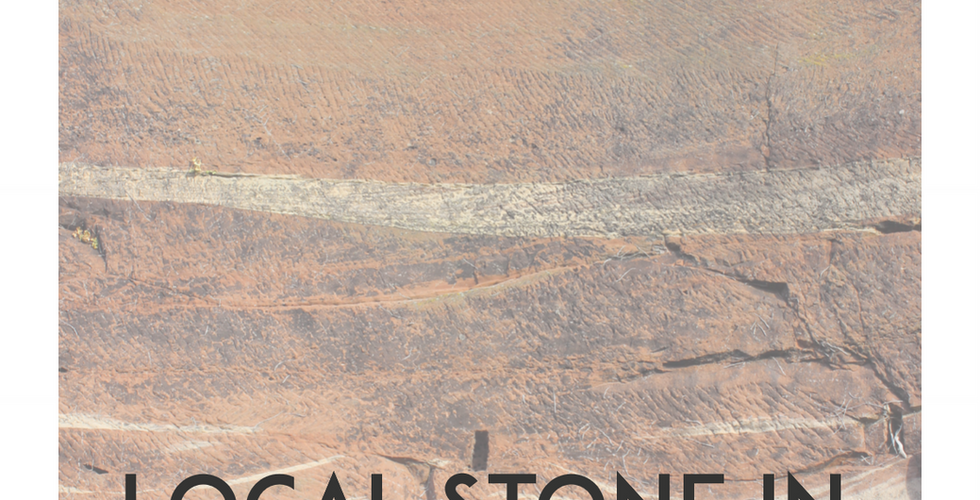









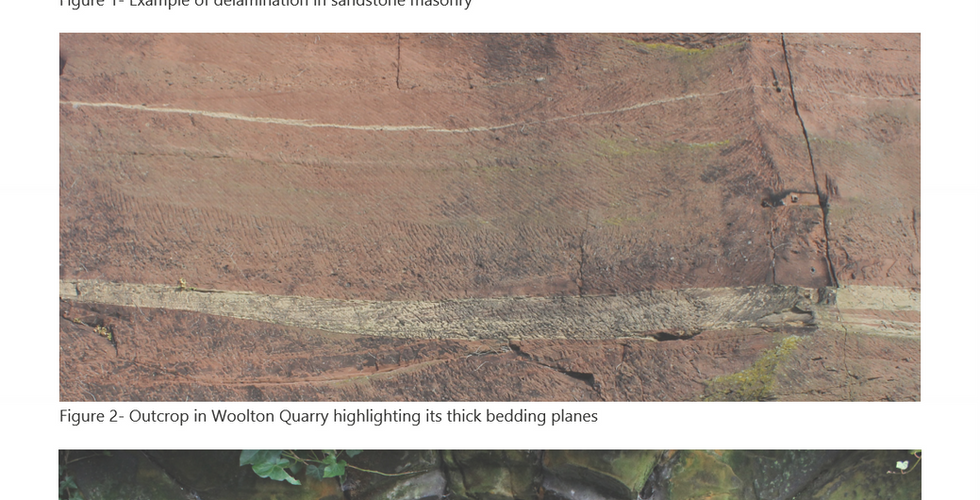



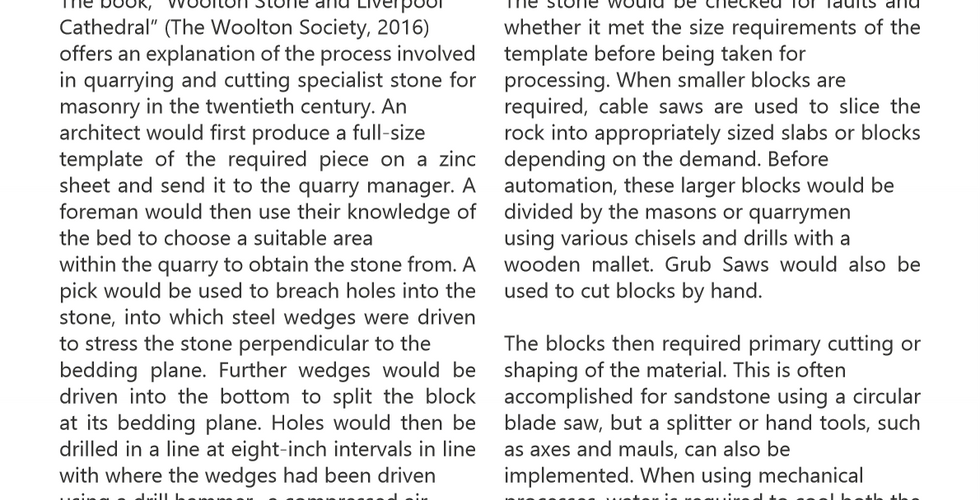





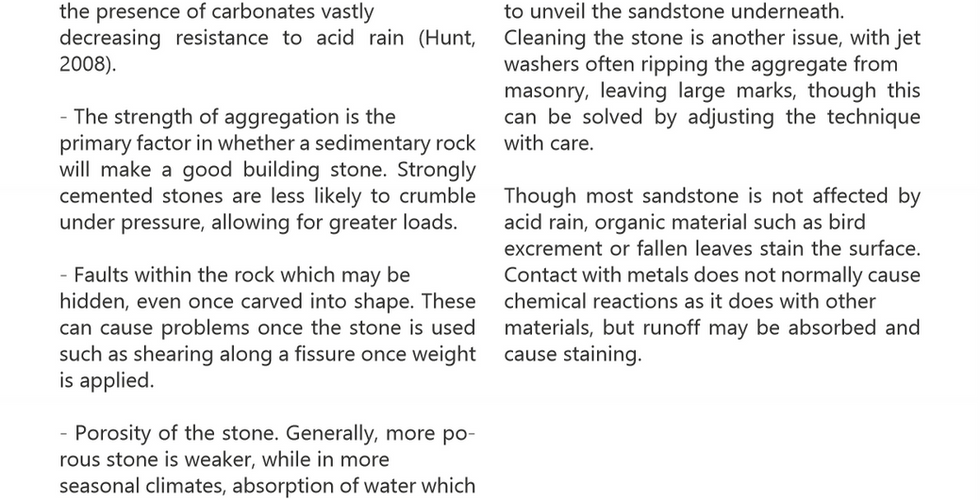



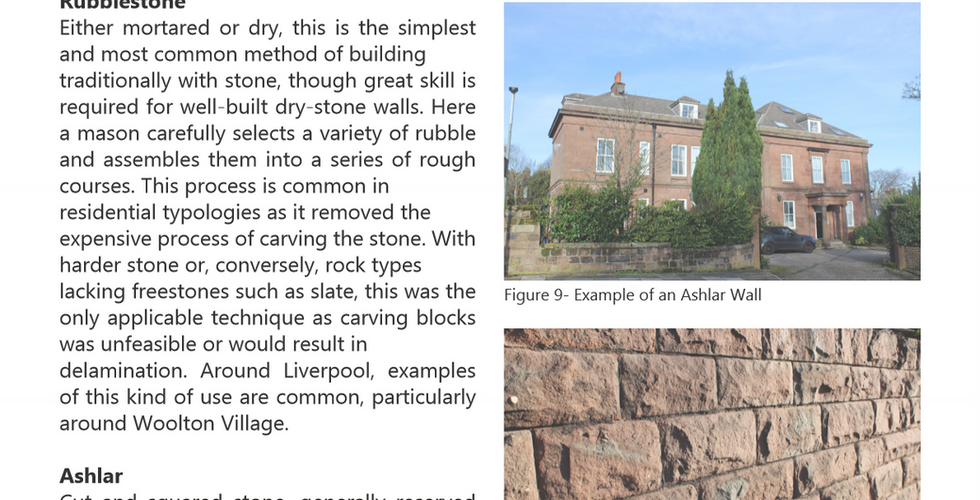

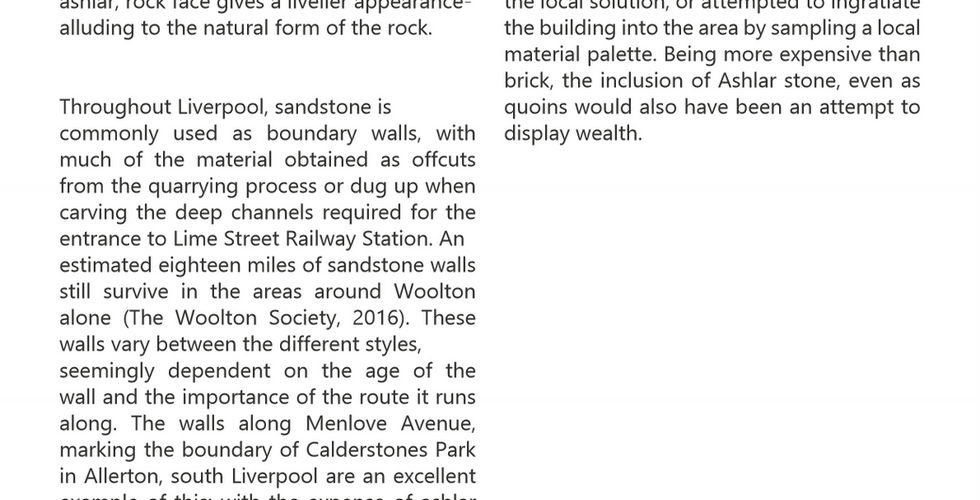





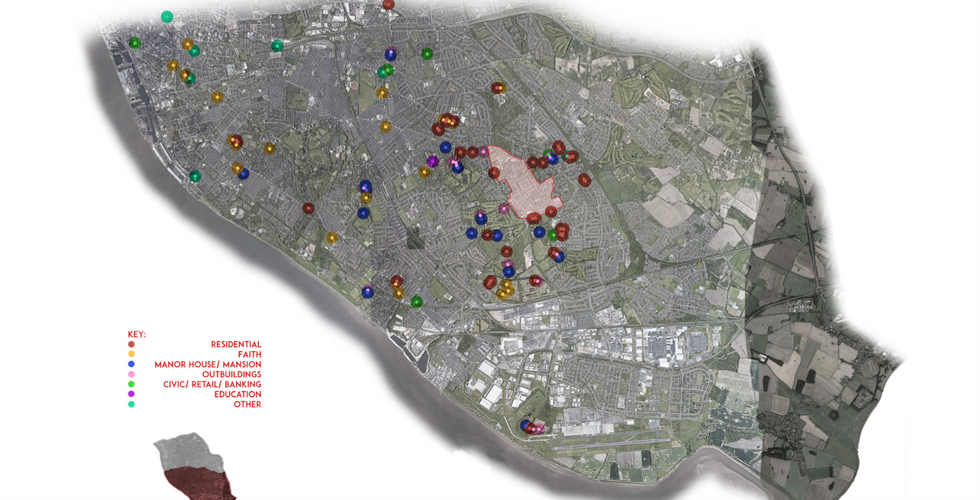





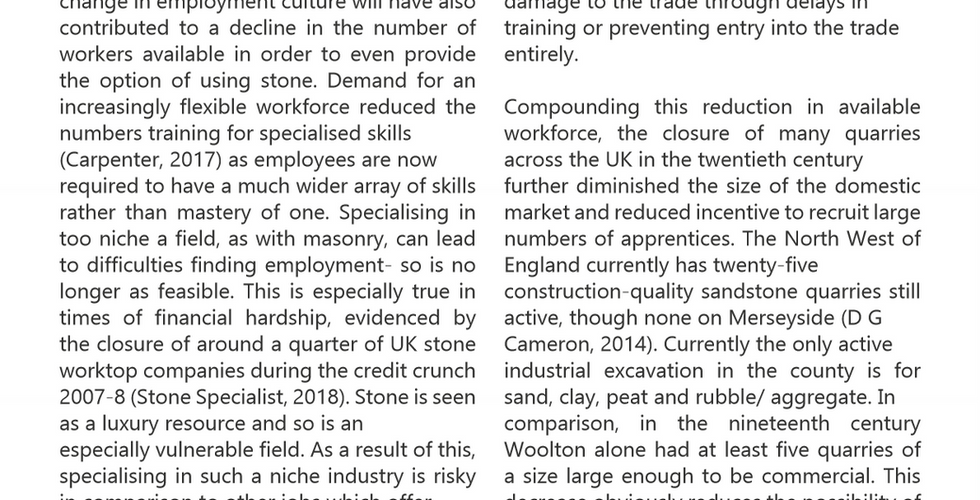











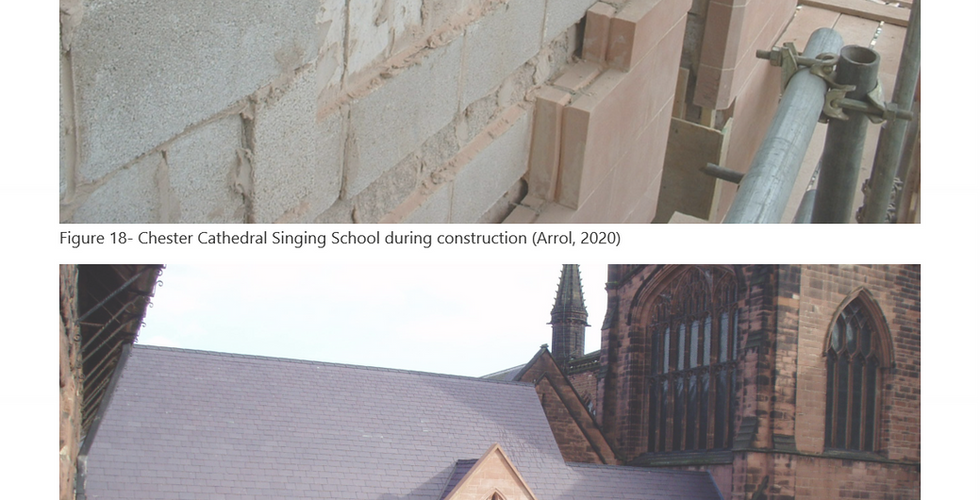













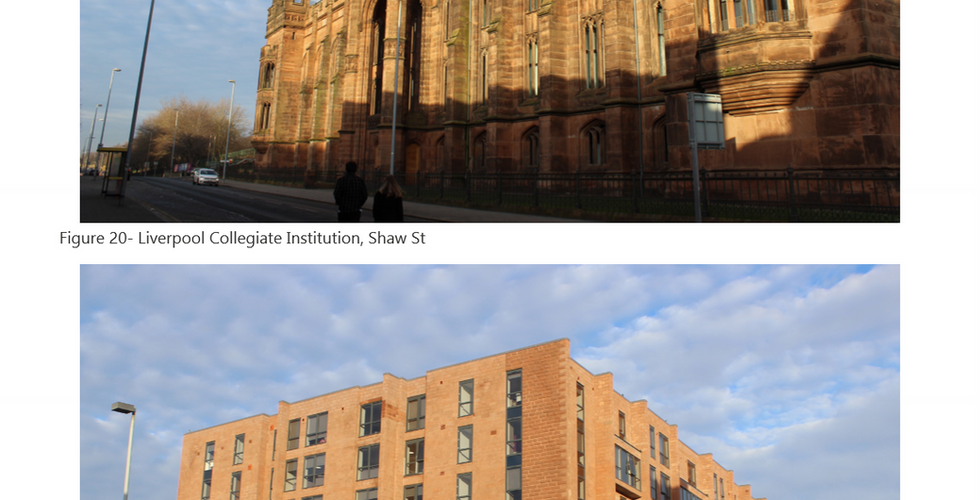





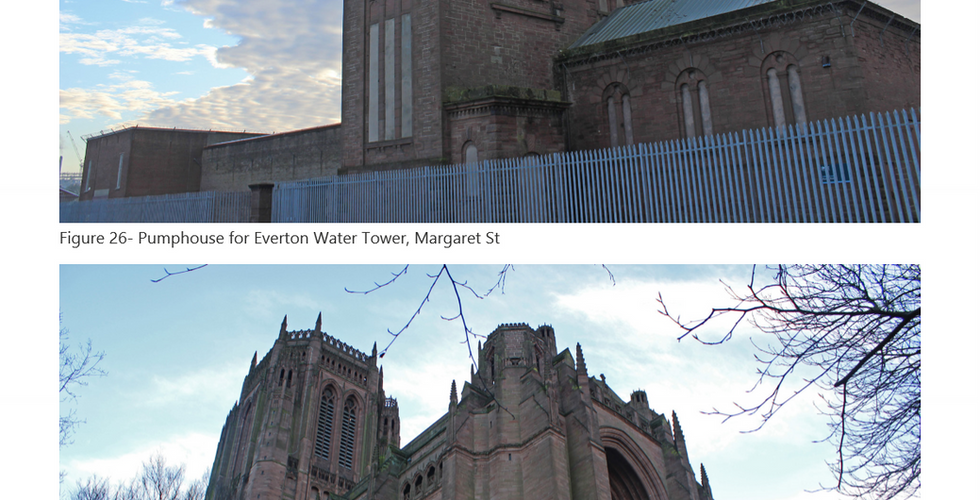










































Comments